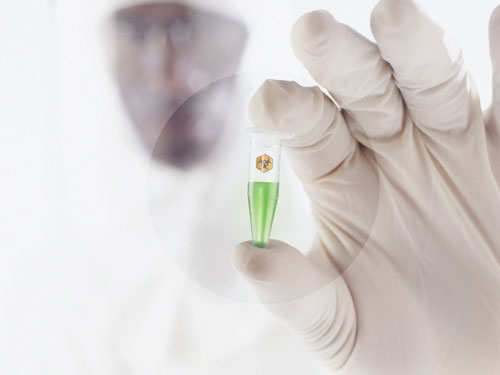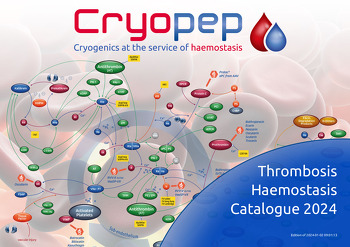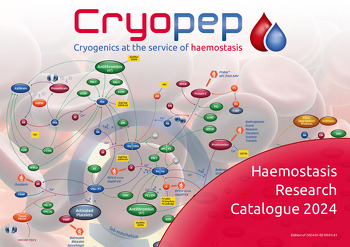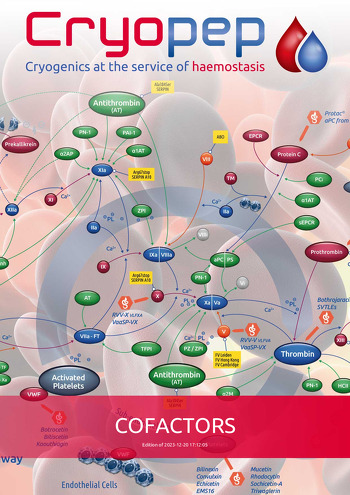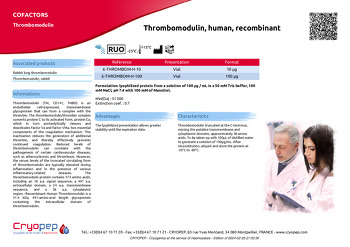Thrombomodulin (TM, CD141, THBD) is an endothelial cell-expressed, transmembrane glycoprotein that can form a complex with the thrombin. The thrombomodulin/thrombin complex converts protein C to its activated form, protein Ca, which in turn proteolytically cleaves and deactivates factor Va and factor VIIIa, two essential components of the coagulation mechanism. This inactivation reduces the generation of additional thrombin, and thereby effectively prevents continued coagulation. Reduced levels of thrombomodulin can correlate with the pathogenesis of certain cardiovascular diseases, such as atherosclerosis and thrombosis. However, the serum levels of the truncated circulating form of thrombomodulin are typically elevated during inflammation and in the presence of various inflammatory-related diseases. The thrombomodulin protein contains 575 amino acids, including an 18 a.a. signal sequence, a 497 a.a. extracellular domain, a 24 a.a. transmembrane sequence, and a 36 a.a. cytoplasmic region.--Recombinant Human Thrombomodulin is a 51.4 kDa, 491-amino-acid length glycoprotein containing the extracellular domain of thrombomodulin.
Thrombomodulin truncated at the C-terminus, missing the putative transmembrane and cytoplasmic domains, approximately 38 amino acids. To be taken up with 100µL of distilled water to generate a solution of 100µg/mL. After reconstitution, aliquot and store the protein at -20°C to -80°C.
The lyophilized presentation allows greater stability until the expiration date.





